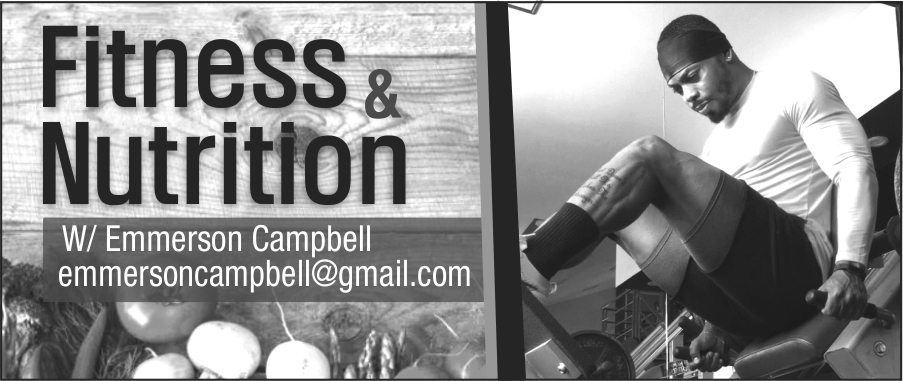Sometimes that scale will just not budge, despite what you’d rightfully consider a herculean effort.In those moments of doubt, when you’ve hit the gym regularly, dieted religiously, avoided temptations, and otherwise persevered, all to no avail, sometimes an outside perspective is key.
Here are the four most common and damaging mistakes people make, and how to fix those mistakes immediately, so that you can fast-track your fat-loss efforts.
1. Your cardio isn’t geared toward maximum fat burning
You would like to imagine that if 20 minutes of cardio is good, 40 must be even better. You might even find yourself thinking: ‘Heck let’s just round it up to 60, and I’ll be ripped in a week.’ If only it worked that way. The reality is that in the case of cardio, more is not always better. In fact, it can be wasteful at best, and counterproductive at worst, as you often end up compromising your muscle mass without ever adequately tapping your fat stores for energy. Instead, you’ll want to drastically cut down your cardio sessions while ramping up your intensity to maximum levels.
If somebody really wants to drop and burn body fat in the quickest, most efficient way possible, and they have the drive to undergo it, there’s nothing better than high-intensity interval training (HIIT).
HIIT alternates periods of high intensity and low intensity in a repeating pattern. For instance, if you’re running, you’ll do 15 seconds of an all-out sprint followed by 15 seconds of a slow recovery jog or walk.
2. Your eating is out of proportion
With HIIT in your repertoire, you’ll have taken a great leap forward in your training efforts. But that’s not even half of the equation if weight loss is your goal. Exercise has a very small impact on fat loss compared with dietary changes. More than any training or supplementation changes you make, diet has by far the most impact on weight loss. People may think they’re eating a normal portion, but in reality, they’re eating 3 to 4 times more than they should. It’s the most important part of weight loss, and it’s the part people have the least awareness of. When you’re overconsuming calories, the ratios (macros) don’t make much of a difference.
The solution is simple: A set of measuring cups and spoons. You don’t need to actually weigh all your food, just put it in a measuring cup. Over the course of a few weeks, you’ll start to get a real feel for what a proper portion is, and eventually you’ll no longer need the measuring utensils to know what you’re doing.
3. You’re not minding your ratios
Once you have portion control down, you can start experimenting with macronutrient ratios. I suggest 15-20 percent of overall calories come from fat—mostly the healthy unsaturated variety found in foods like nuts, fish and avocados. The rest will come from protein and carbohydrates.
How much of each? Well, that depends on you. It comes down to your lifestyle and training. For instance, if you’re doing HIIT regularly, you won’t be able to handle it if you’re going low carb.
4. You’re not taking full advantage of scientific advancements
People need to have proper expectations, which is that they can lose weight from dieting and exercise. A well-designed and properly dosed supplement will help give you an extra edge in propelling your results forward.
When it comes to choosing a fat-loss supplement, look for research-backed ingredients like L-Carnitine, CLA, Raspberry Ketones, African Wild Mango, Grapefruit Seed Extract, Olive Leaf Extract and Green Tea. Studies have shown that all of these supplements have led to increased energy expenditure and acceleration of fat loss.










